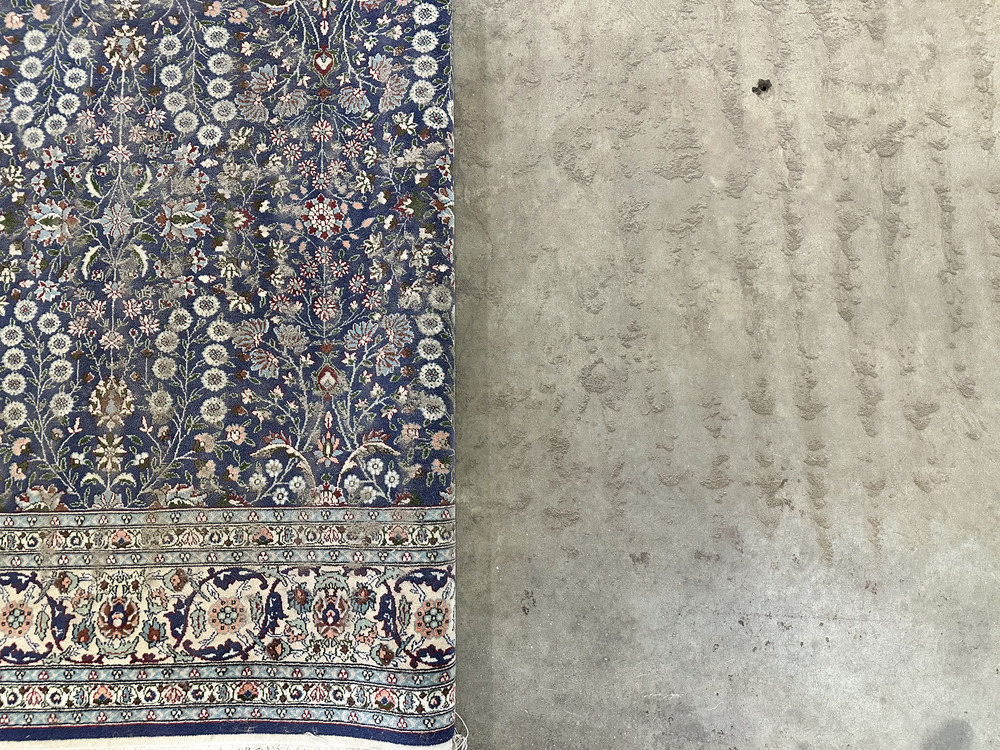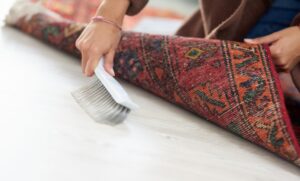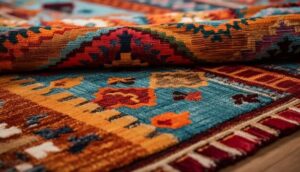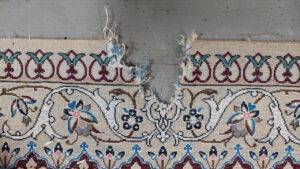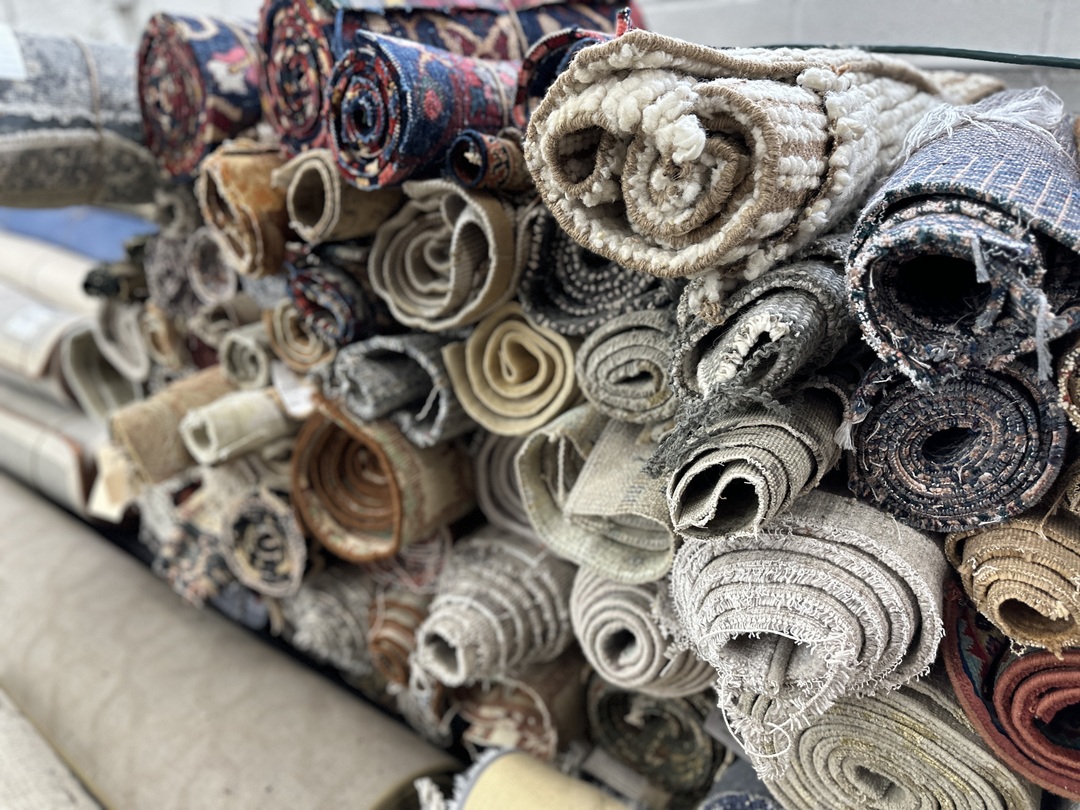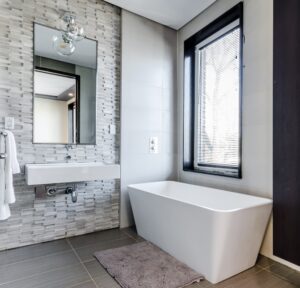Proper rug cleaning is essential for preserving the beauty, value, and longevity of your cherished floor coverings. Unfortunately, many rug cleaning companies lack the necessary knowledge and expertise to provide appropriate care, resorting to surface cleaning or steam cleaning, which can be damaging, especially for handmade rugs. In this article, we will discuss the authentic rug cleaning method, a comprehensive 14-step process, and how to identify and avoid rug cleaning companies that employ substandard methods.
The Authentic Rug Cleaning Method: A Comprehensive 15-Step Process
An effective rug-cleaning process should consist of at least 10 steps. Our 15-step method goes above and beyond to deliver exceptional results:
- Inspection: Assess the rug’s condition, identifying areas that require special attention.
- Rug dusting: Lay the rug face down and use a specialized machine to beat the back, dislodging dust and particles.
- Vacuuming: Vacuum the rug’s back and surface to remove remaining debris.
- Gentle pressure rinsing: Rinse the rug with gentle water pressure to remove surface dirt.
- Back shampooing: Shampoo the rug’s backside, repeating this step 2-3 times or more, depending on the rug’s condition.
- Flip and extract: Turn the rug over and extract dirty water from the surface.
- Surface shampooing: Shampoo the rug’s surface, repeating this process at least four times, depending on dirtiness. Rinse and extract water after each shampooing cycle.
- Rolling and drying: Roll the rug and place it in a drying system that removes 99.99% of water within 90 seconds, preventing odor and color bleeding.
- Pile brushing: Lay the rug flat and brush the pile in the correct direction.
- Air drying: Hang the rug in a room temperature area to dry naturally, avoiding temperature-controlled environments that can cause odor and color issues.
- Blocking: In thicker piled rugs and oriental rugs, it’s common for the fibers to shrink. By blocking, we bring the original shape of the rug back again.
- Shearing: Trim fuzzy fibers in thicker rugs to restore their original appearance.
- Fringe trimming: Neatly trim the tips of the fringes.
- Final vacuuming: Perform a final vacuuming to remove any remaining debris.
- Final inspection: Conduct a thorough examination to ensure the rug meets quality standards.
Rug Cleaning Companies to Avoid: Recognizing Inadequate Processes
Many rug cleaning companies do not properly wash rugs, instead opting for surface cleaning or steam cleaning. These methods can damage natural fibers commonly found in handmade rugs, making the rug dirtier and increasing the likelihood of mildew and moth damage. Furthermore, some rug cleaning companies dry rugs in temperature-controlled rooms for a faster drying process. This method can cause discoloration or unpleasant odors, resulting in a yellow hue on the rug.
To avoid inadequate rug cleaning companies, look for the following red flags:
- On-site cleaning: Proper rug cleaning cannot be achieved at home, especially for Oriental rugs in high-traffic areas.
- Incomplete processes: If the rug cleaning process has fewer than ten steps, it is not thorough enough.
- Surface or steam cleaning: These methods can damage delicate fibers and should be avoided.
- Temperature-controlled drying: Rugs should be dried in a room temperature environment to prevent color issues and unpleasant odors.
The authentic rug cleaning method is a comprehensive, 14-step process that guarantees thorough cleaning, proper care, and exceptional results. On-site cleaning, surface cleaning, steam cleaning, and temperature-controlled drying should be avoided to preserve the beauty and value of your rugs. Trust your rugs to professionals who understand the unique needs of various rug types and materials, and you can enjoy the beauty and value of your rugs for generations to come.

